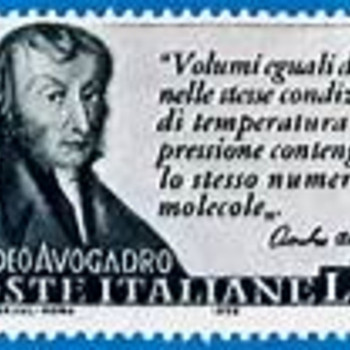What is a coefficient and how is it applied in chemistry?
1 Answer
Nov 30, 2016
Consider a simple combustion reaction:
Explanation:
This is a stoichiometrically balanced equation: garbage in equals garbage out, and for every reactant particle there is a corresponding product particle.
The
In other words the
Teachers go to great lengths in explaining how to balance chemical equations. You have to be able to manipulate the coefficients so that the reaction balances stoichiometrically, and thereby reflects reality.

